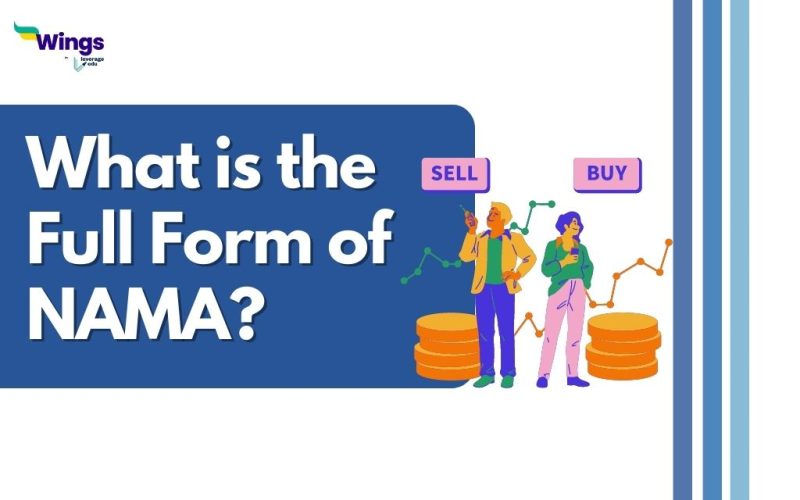The full form of NAMA is Non-Agricultural Market Access, a term used in the context of international trade negotiations, especially under the World Trade Organization (WTO). It refers to the reduction or elimination of tariffs and non-tariff barriers on trade in goods that are not agricultural products, such as industrial goods, minerals, fuels, fish, wood, textiles, leather, ceramics, electronics, automobiles, etc. NAMA covers about 90% of the world merchandise trade.
Why is NAMA important?
Table of Contents
NAMA is important because it affects the competitiveness and market access of various sectors and industries across countries. Reducing or eliminating tariffs and non-tariff barriers can lower the cost of production and consumption, increase trade flows and economic growth, create more jobs and income opportunities, and enhance consumer welfare and choice.
How is NAMA negotiated?
NAMA negotiations are based on the Doha Declaration of 2001 which calls for a comprehensive and balanced outcome that takes into account the special needs and interests of developing countries. The main elements of the NAMA negotiations are:
- Tariff reduction formula: A non-linear formula that applies on a line-by-line basis and ensures deeper cuts for higher tariffs. The formula has two coefficients: one for developed countries and one for developing countries. The lower the coefficient, the deeper the cut. Developing countries have the flexibility to choose a higher coefficient than developed countries.
- Flexibilities: Measures that allow developing countries to protect some sensitive products from full tariff cuts or to bind some unbound tariffs at ceiling levels. These include exceptions, exemptions, deviations, and longer implementation periods.
- Sectoral initiatives: Voluntary initiatives that aim to eliminate or harmonize tariffs in specific sectors among a group of participants. These include sectors such as chemicals, electronics, environmental goods, etc.
- Non-tariff barriers (NTBs): Measures other than tariffs that restrict or distort trade in goods. These include technical regulations, standards, import restrictions, quotas, subsidies, etc. The negotiations aim to identify, categorize, and address NTBs through textual proposals.
Must Read: What is the Full Form of IEX?
Must Read: What is the Full Form of IFTU?
We hope that this blog helped you understand the NAMA full form and its importance in international trade negotiations. Check out our 300+ full form list to discover more full forms like this and keep following Leverage Edu. Thank you for reading!
 One app for all your study abroad needs
One app for all your study abroad needs













